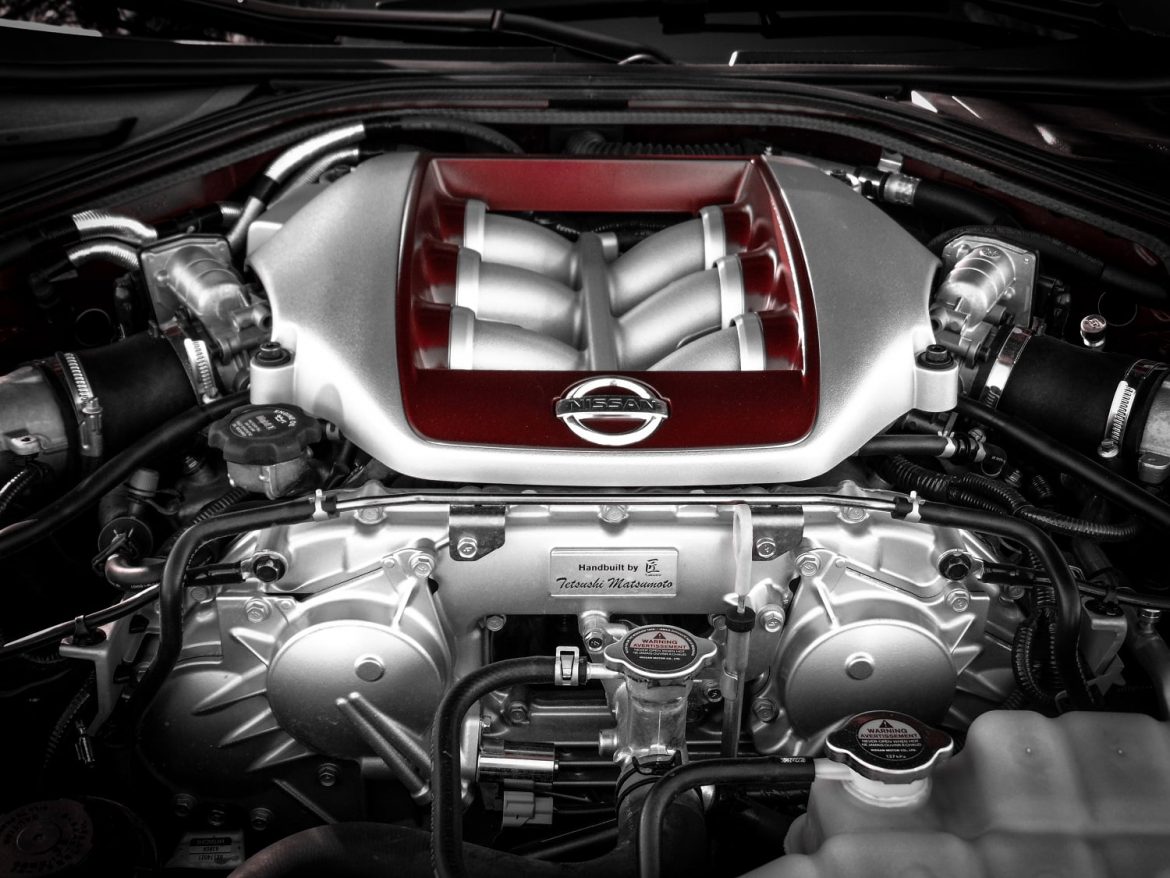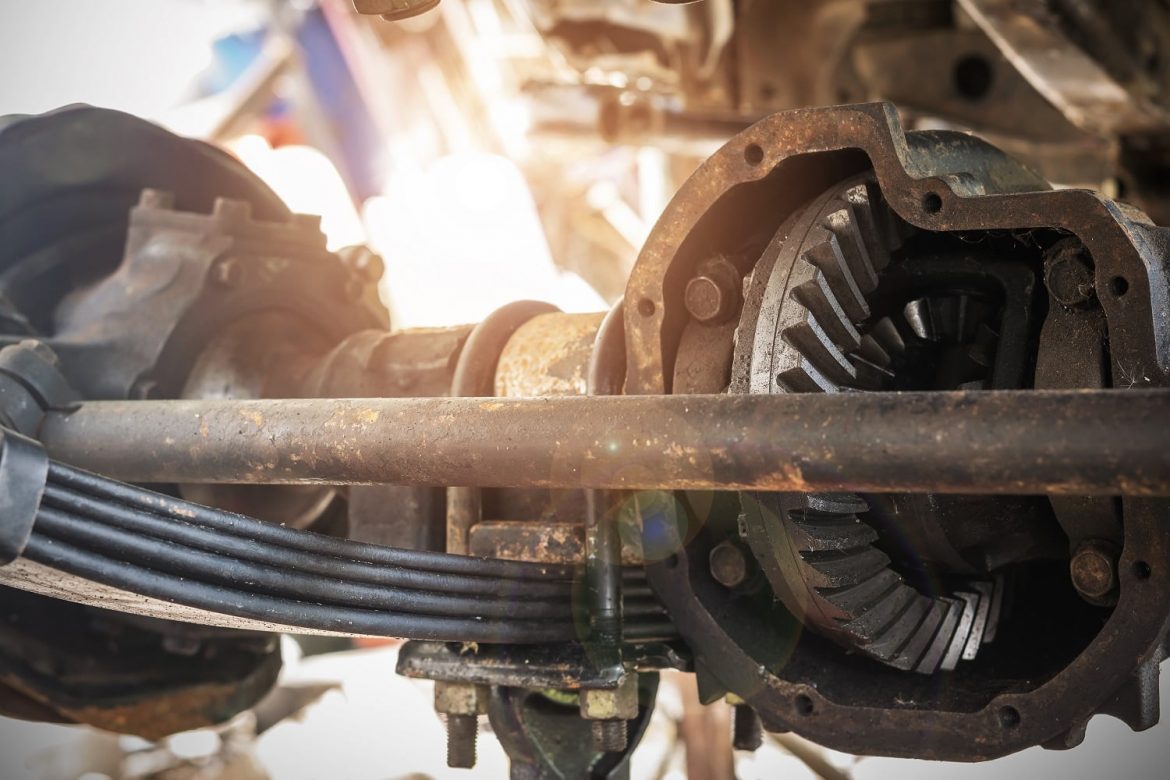Changing the timing belt on your vehicle is an important part of keeping your engine running correctly and safely. If the timing belt brakes on your car you will at least be stranded but the worst case could end up needing a whole new motor. Timing belt replacement is usually not an extremely difficult job, meaning you don’t need any fancy tools, but if you make one critical mistake, you could end up ruining your motor.
How do I know what I need a timing belt replacement?
The ONLY way to tell when you need to replace your timing belt is by mileage. Check your owner’s manual and pay attention to the severe service definition to know when to replace your timing belt. A broken belt and a brand new belt usually look almost identical except for where the belt broke so you can’t do any inspections or measurements to tell how worn out your belt is.
Remember that one critical step we mentioned? Well, that is why most people take their car to a mechanic to have the timing belt replaced. In the video above we detail exactly how to make sure you get everything correct and can do this project yourself! Most single overhead cam Subaru engines will look just like the one in this video after you put your new belt on so you can use this as a guide to nail this difficult step.
The reason a timing belt replacement is so tricky is that how you install the belt will determine when the intake and exhaust valves will open and close relative to the motion of the piston. If you don’t have the cam and crank pulleys lined up correctly when you install your new belt the valves could open and close at the wrong time. If things are a little off your engine will run rough, be inefficient and possibly backfire. If things are way off you could cause permanent engine damage when the piston collides with an open valve on it’s way to top dead center.
To make sure everything is lined up correctly when you’re putting the new belt on there is a few things you can do:
- make sure everything is lined up before you take the old belt off. Every engine has timing marks to help get things lined up. Before you remove the old belt, line up the timing marks perfectly!
- Before you take the old belt off, draw some marks on it and where it lined up on the pulleys in case you need a reference or in case your new belt doesn’t come with alignment marks. Go crazy with the marks, the more you have the easier it will be to line things back up!
- After you take your old belt off, don’t move anything! You’ve marked everything so it will be easy to tell if anything moved, but be especially careful when working around the camshaft pulleys as the valve spring pressure can make then turn quickly with even a tiny bump.
Here are a few other tricks we’ve learned along the way:
- Replace everything you can. You don’t want to have to do this job again any time soon and you don’t want to risk another component failing and taking out the timing belt. It’s smart to replace any idler pulleys, tensioners and the water pump to keep your new belt running as safely.
- Keep your new belt and the pulleys dry. Oil, coolant and cleaners can shorten the life of a timing belt so be careful while you’re removing the water pump and cleaning things up.
- Crack the crank and cam seals while you’re changing the timing belt. If they are starting to leak, now is a good time to change those as well.
- After you install and tension your new belt, it’s a good idea to turn the engine over by hand using the crankshaft 2-4 times. After you’ve gone a complete rotation check your timing marks to make sure everything still lines up. If you feel any resistance more than the engine compression while turning the engine by hand, stop and check your work to avoid engine damage. When it doubt, take it to a professional!
Thanks for watching and don’t forget to subscribe for more great how-to videos under the hood!
BlueDevil Products can be found on Amazon.com or at AutoZone, Advance Auto Parts, O’Reilly Auto Parts, NAPA, and other major auto parts retailers.
Related Articles
Search Blog
Subscribe
Blog Categories



